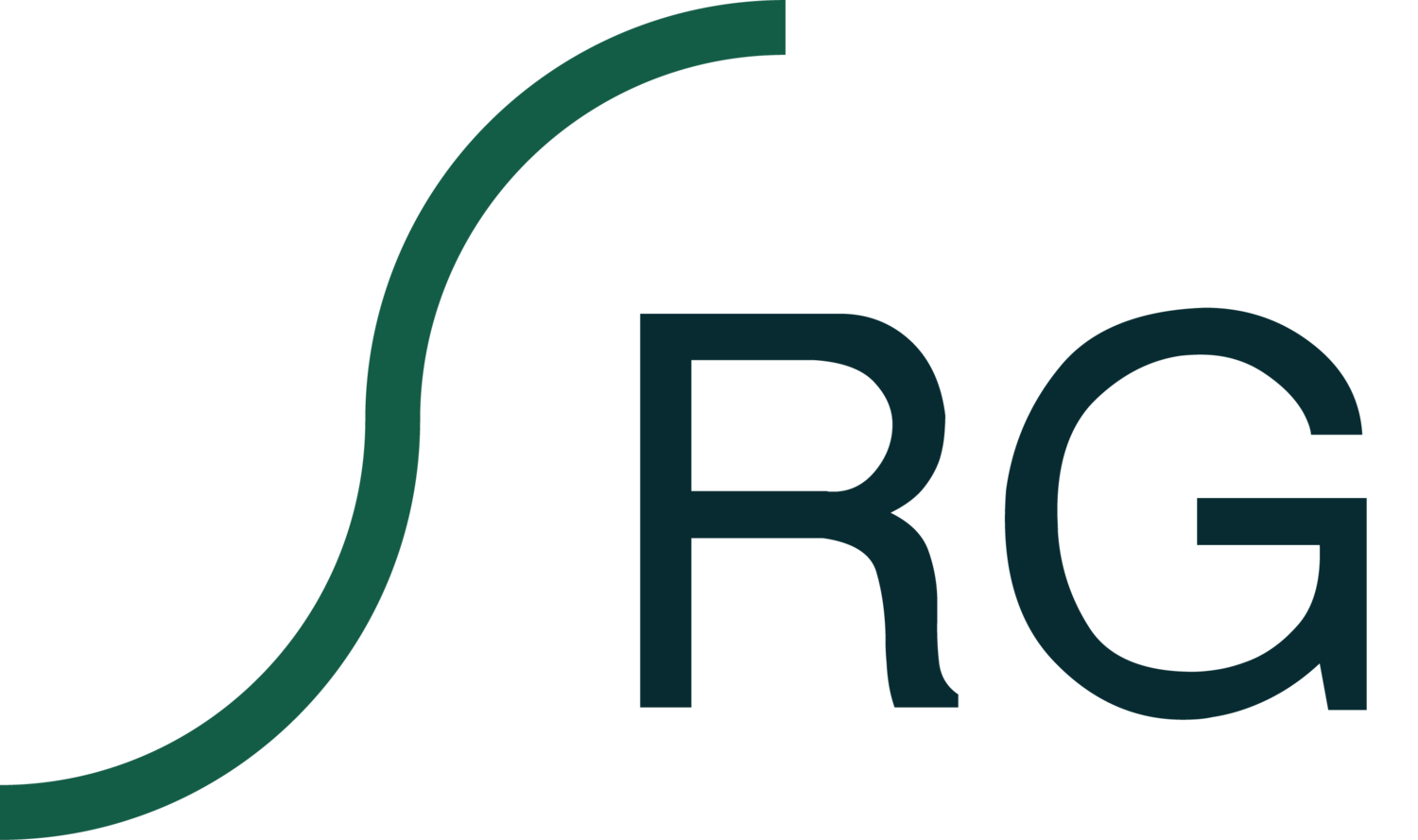Increasing Organization Capacity For Learning and Improvement
May 17, 2003
In 1991, an article by Chris Argyris "Teaching Smart People How to Learn" started me on a path of inquiry and learning over a decade by testing the philosophy, principles and practices from his book “Overcoming Organizational Defenses”. Practicing these ideas has positive impacts on organizations when we start to remove fear from our social systems and organizations to discuss what concerns us in productive reasoning practiced together with others.
What follows is primarily drawn from his 1990 work “Overcoming Organizational Defenses - Facilitating Organizational Learning”, supplemented in part by professional observations of the results of these methods when practiced in small groups, larger teams and in facilitated classroom settings. This book is a way out.
There are also numerous documented synergies between Argyris’ work and that of Peter Drucker, Warren Bennis and W. Edwards Deming, especially with respect to the presence of fear in organizational cultures. Their work is tightly integrated in Argyris’ work with a view of the systems and values that underlie organizations of all types. I will note here my first hand observations of systems where I have facilitated the use of Argyris’ work, especially in helping these organizations increase their capacity to learn and improve whatever it is they do together. Where appropriate, I will note these similarities with references to these other works.
Beginning a Discussion and Changing the Status Quo
Patterns of organizational defenses work against learning and improvement. There must be a high level of trust to mitigate the fear and the lack of trust in most organizations that gets in the way of learning how to improve. To deal with that issue, we must openly discuss the issues that create fear and mistrust.
We must not cover up these issues by making them undiscussable. Doing so only activates the downward spiral toward more fear and dysfunction. Trust, learning, and improvement requires that we discuss issues openly and productively, setting aside old habits that create fear and destroy trust.
We must begin a dialogue around the systems we’re in, so we can move from a system of control to commitment. We complete this through discussing shared goals, values and traditions by participation of team members, and this helps us move individual and team perspectives from me to we.
The shift from a control model to a commitment model takes time and work, more work for people who cling to the old control model and structures that they are accustomed to hiding behind. The commitment model exposes our human flaws and that can be uncomfortable at first. While liberating new capacities of individuals.
